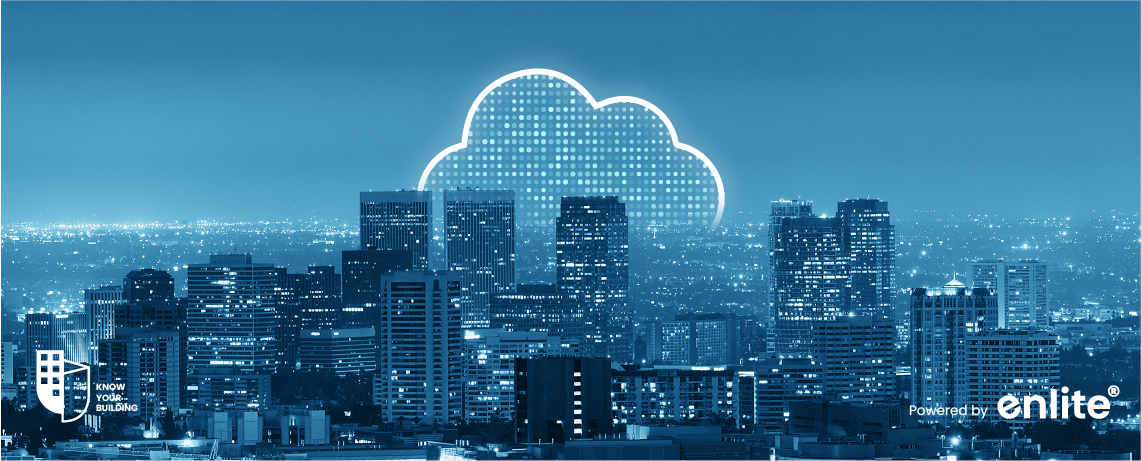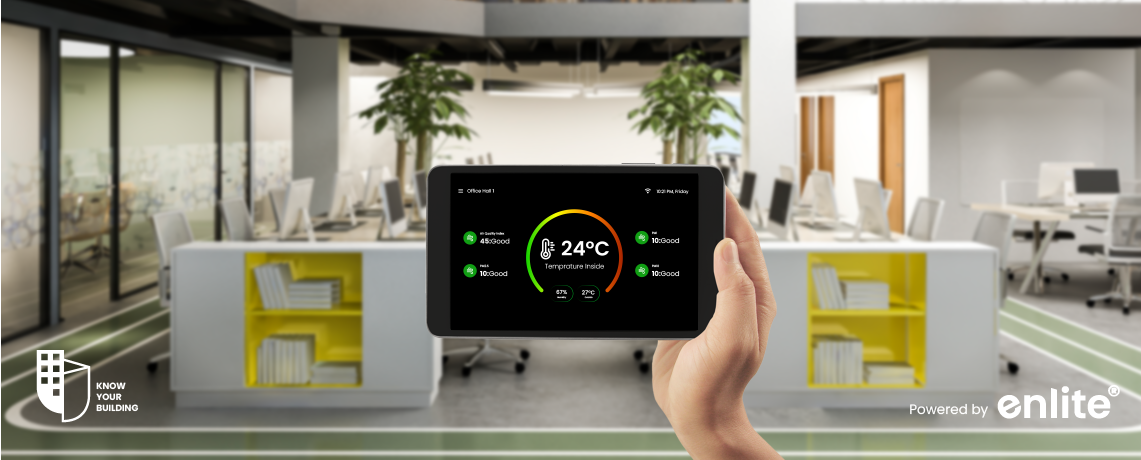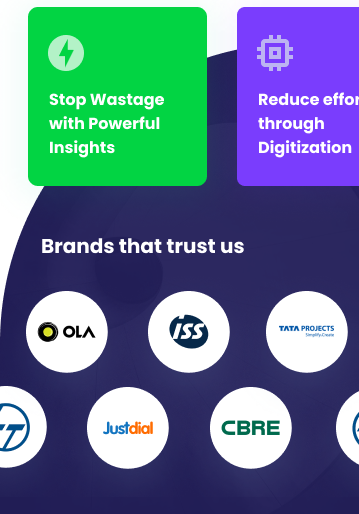As cities evolve and climate consciousness grows, sustainable building design has become more than a trend—it’s a necessity. From energy efficiency to water conservation, every element of a building must align with environmental goals. One of the most overlooked yet powerful contributors to sustainability is smart building access control.
At the heart of this shift lies Know Your Building®, the world’s first cloud-native, wireless Building Management System (BMS), which integrates seamlessly with modern access control technologies to enable greener, smarter infrastructure.
Understanding Smart Access Control in Buildings
Smart access control systems use technologies like RFID, biometric authentication, mobile-based access, and AI-powered analytics to manage and monitor entry into various zones of a building. Unlike traditional lock-and-key systems, smart access control offers:
- Contactless entry and exit
- Remote management and control
- Real-time access logs and security insights
- Energy-efficient integrations with HVAC and lighting systems
These capabilities go beyond security—they become a crucial part of a sustainable building strategy.
How Smart Access Control Enables Sustainable Design
1. Reduced Energy Waste
Traditional buildings leave lights, HVAC systems, and other utilities running regardless of occupancy. Smart access control, when integrated with Know Your Building®, helps detect room usage and occupancy patterns in real-time. This enables automation—lights and HVACs shut off when rooms are unoccupied, drastically cutting down energy consumption.
2. Better Space Utilization
With access logs and usage patterns, building managers can identify underutilized spaces and optimize layouts. This prevents unnecessary expansion and reduces the building’s carbon footprint.
3. Data-Driven Decision Making
Smart access systems powered by Know Your Building® provide actionable insights. For example, if a particular floor sees low foot traffic, operational parameters like air conditioning or cleaning schedules can be adjusted to avoid resource waste.
4. Remote Monitoring = Reduced Travel Emissions
Facility managers can monitor and manage access remotely, reducing the need for on-site supervision. Fewer trips to the building mean lower travel-related emissions—every action counts in the journey to net zero.
5. Sustainable Materials and Wireless Setup
Know Your Building® offers a wireless access control setup, eliminating the need for extensive wiring and plastic ID cards. This not only reduces the use of unsustainable materials but also simplifies upgrades and scalability.
Why Know Your Building® Stands Out
At Enlite, we built Know Your Building® to go beyond traditional BMS. It’s designed to integrate access control seamlessly with building performance metrics, empowering:
✅ Facility Managers to monitor entry logs and automate utilities
✅ HR & Admin Teams to manage employee access across sites remotely
✅ CXOs to visualize sustainability KPIs and security data in one dashboard
✅ Security Teams to get instant alerts and control over restricted areas














